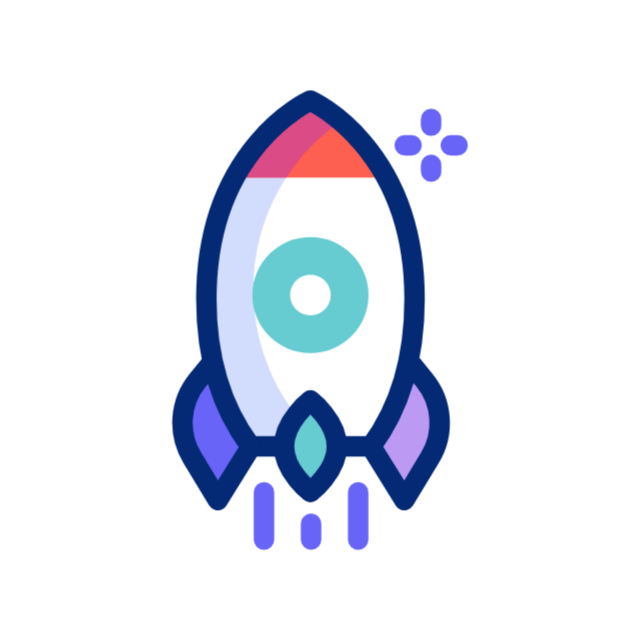Struggling to keep your research, notes, and gathered information in one clear place?
You save articles. You bookmark tweets. You jot down notes on many apps. When you need the insights, you feel lost.
You are not alone in this. Many people collect data without truly linking ideas and facts. Notebook LM fixes this problem by linking your own sources. It shines for students, researchers, content makers, and busy professionals who need clear learning tools.
Why Traditional AI Tools Fall Short – And What Notebook LM Does Differently
Popular tools like ChatGPT generate replies fast, but they also create errors. They sometimes link words that do not belong, which leads to false details. This outcome is frustrating when you work with key or complex data.
Notebook LM works with the sources you upload—PDFs, websites, YouTube transcripts, audio files, and more. It does not pull random data. It searches your content and links you to the original source. This close linking cuts down on errors and builds trust.
Handling Massive Amounts of Information Without Overload
Many AI models face limits in their “context window.” This window is the short-term memory used to build answers. For instance, ChatGPT links about 96,000 words at one time. Notebook LM, powered by Google Gemini 2.5, expands the short-term memory to roughly 750,000 words.
Notebook LM goes further. You can upload up to 50 sources in one notebook. Each source can have 500,000 words. In total, one notebook can hold 25 million words! That storage equals nearly 23 full Harry Potter books.
Notebook LM uses two memory layers:
• The working memory holds around 750,000 words that are most needed.
• The long-term memory keeps up to 25 million words in a vector database. It quickly searches this base and pulls the parts you need.
This method, known as Retrieval-Augmented Generation, loads just the needed snippets into short-term memory. By doing so, the tool links big data without mixing up or missing details.
Key Features That Bring Note-Taking and Research to the Next Level
Notebook LM gives you a set of tools that work simply and clearly:
• You can upload many file types: PDFs, text files, audio clips, YouTube videos, URLs, and even files from Google Drive.
• Need more material? The tool quickly links related sources you can check and add.
• An interactive chat lets you ask questions. The answers come with clear citations so you can see the links.
• You can change your notes into podcasts, video summaries, mind maps, flashcards, quizzes, and detailed reports. Each format builds your learning power in its own way.
• Even with a free plan, you can create up to 100 notebooks. Each notebook stores vast amounts of data, helping you keep company data, research, or project files in one trusted place.
Practical Uses for Notebook LM in Research and Content Creation
Notebook LM helps you link facts and ideas across many sources. Here are some clear examples:
• For competitive analysis and market research, upload company reports, competitor sites, and market data. The tool links clear insights with real citations.
• Use Notebook LM to plan content and SEO. Create clear briefs, check keywords, and transform content into social media posts or podcasts.
• In academic research, organize large sets of papers and notes. Ask focused questions and get cited answers in real time.
• For team projects, use one shared notebook. Every team member finds the same set of verified links and data.
Tips to Get the Most Out of Notebook LM
• Start by gathering your key sources in one notebook. Keep it simple at first. You can add more later.
• Try the discover sources feature. It links you to more useful material and saves time.
• Explore different outputs such as quizzes and podcasts. They help link your new knowledge with your old.
• Click on citation links in every answer. These links help you check facts and learn more.
• Content creators should try linking Notebook LM with Google Gemini’s abilities to easily repurpose content.
Free Resources to Level Up Your Workflow
If you want to master Notebook LM and join it with AI models like Google Gemini, HubSpot offers a detailed marketer’s guide. The guide links simple workflows and ready prompts with content creation, SEO, competitive analysis, and more. With example cases and practical tips, it guides you to link your research with new ideas.
If scattered notes make you feel lost or if linking insights across documents feels tough, Notebook LM offers a new path. It puts links between your data that build understanding and clear recall while keeping details correct. Its strong memory and clear linking tools make it a trusted choice for anyone wanting to manage information in a smart and safe way.


